A Guide to Different Types of Grain
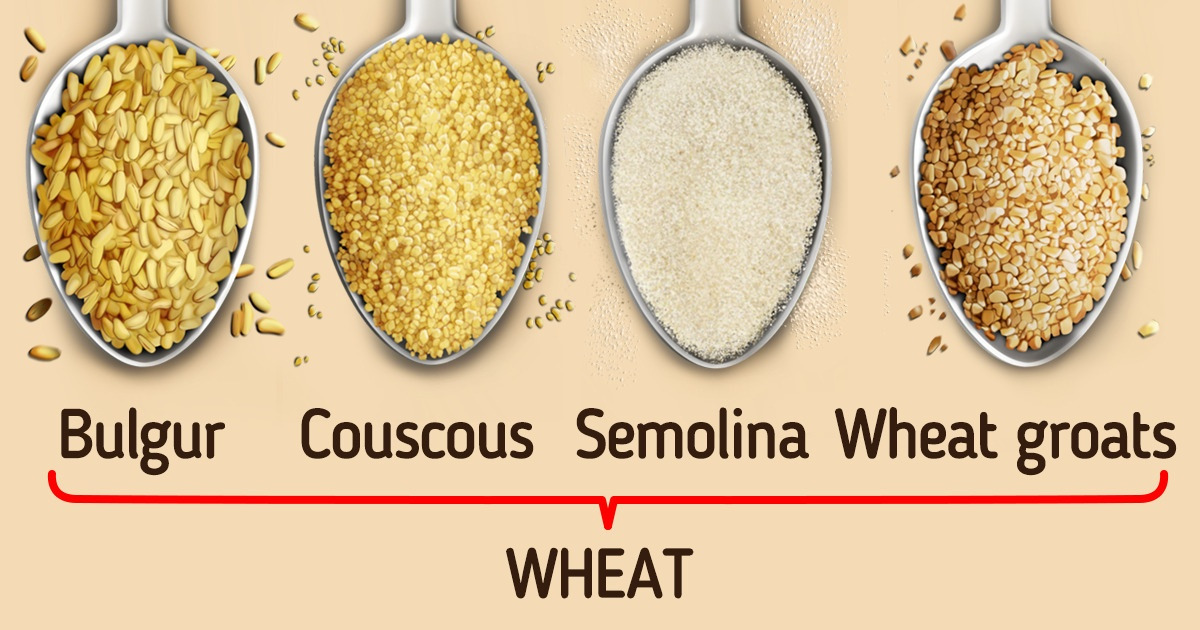
Groats are the hulled kernels of various cereal grains that are used in cooking. There are a wide variety of grains in stores, however, some grains are made of the same thing, the only difference is the production process.
5-Minute Crafts would like to tell you about the popular grains, what they are made of, and the production process.
1. Wheat groats
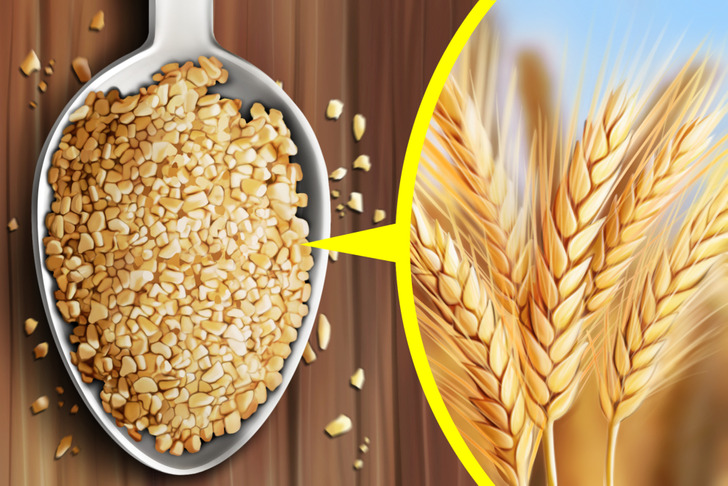
Wheat groats are made of durum wheat grains. First, they remove all the germ and bran, and then the grains are crushed and polished. Wheat groats are suitable for making light porridge.
2. Bulgur
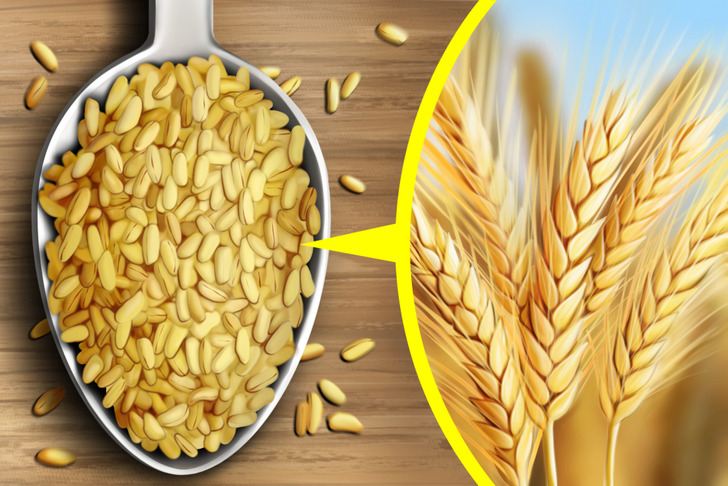
Just like wheat groats, bulgur is made of durum wheat grains but the germ and kernel hulls are not removed, which increases the nutritional value of the grain.
Bulgur comes from cracked whole-grain kernels of wheat. Before packaging, they get parboiled and dried. As a result, bulgur dishes take much less time to cook than other whole-grain wheat dishes.
3. Semolina
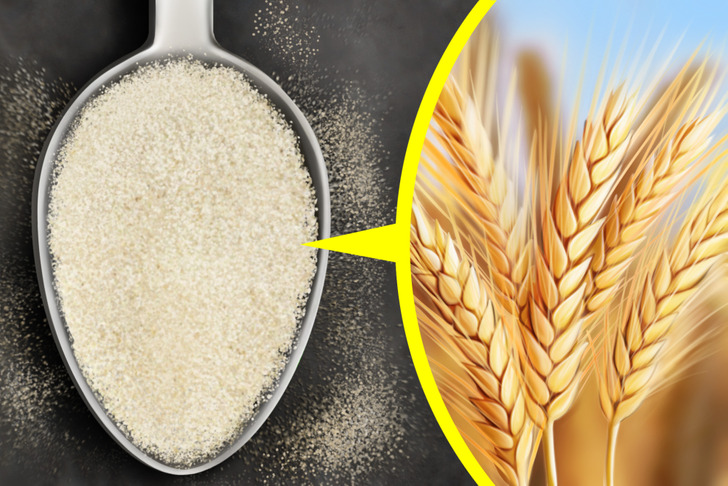
4. Couscous
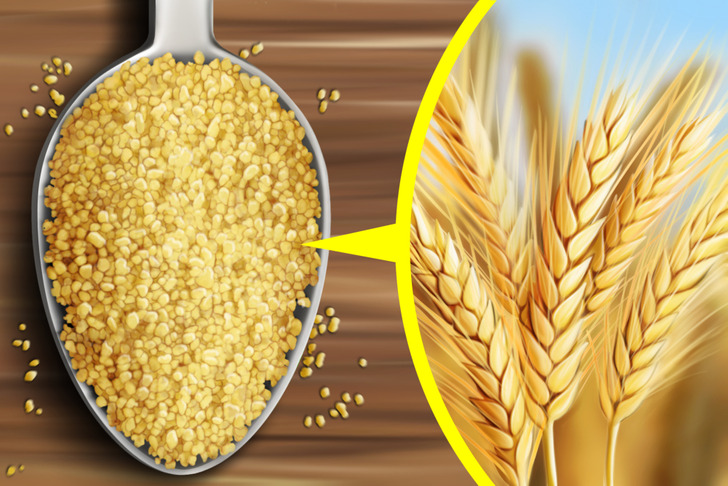
Couscous is the name of a North African dish and the grain it is made from. For the production of this grain, semolina is used, which is sprinkled with water, rolled into small balls by hand, sprinkled with flour, and sifted. The granules that are too small fall through a sieve and are then rolled again, sprinkled with dry semolina, and rolled into larger granules. The process continues until all the semolina becomes couscous.
Most couscous that is sold in supermarkets is not handmade but industrially produced. During this process, the couscous is pre-steamed and dried.
5. Millet
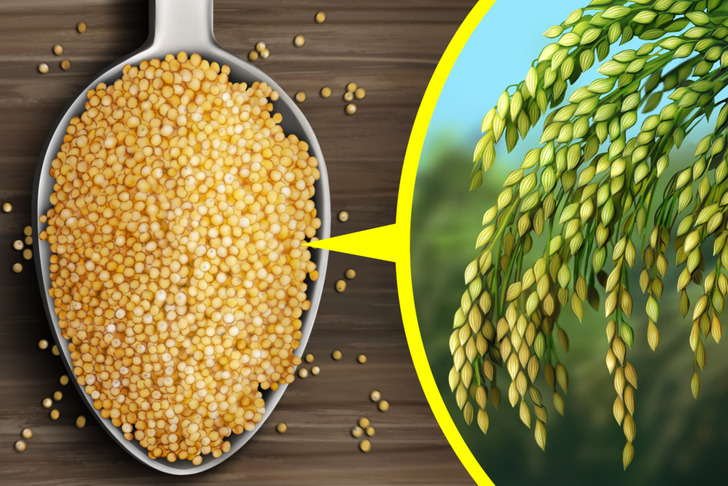
During the production of millet, grains are subjected to careful grinding. Then they are used in cooking for making porridge and other dishes.
6. Steel-cut oats
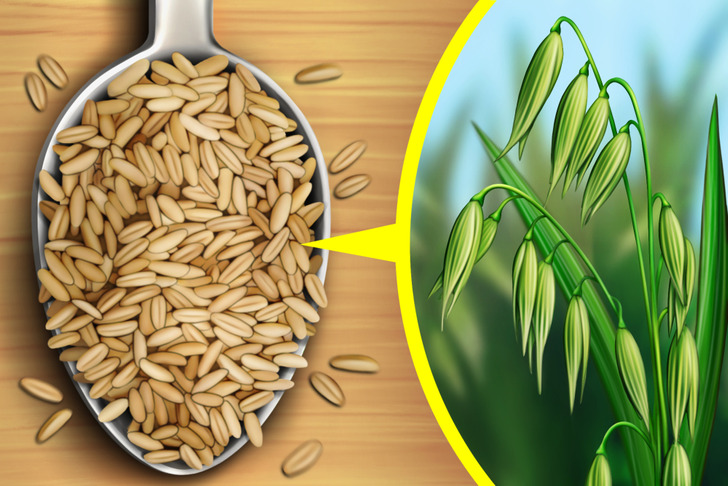
Steel-cut oats are the groats of whole oats with the inner kernel and inedible hull removed. Afterward, they are chopped into 2 or 3 pinhead-sized pieces. Usually, steel-cut oats are used to make oatmeal.
7. Rolled oats
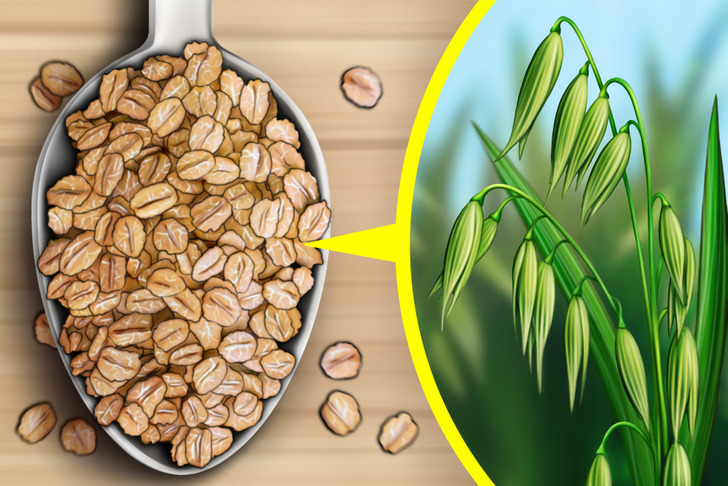
Rolled oats are made from oat groats that were first steamed and then rolled into flat flakes. Then they are lightly toasted to stabilize their shape.
Despite processing, rolled oats retain part of the bran and are classified as whole grains. They are used to make oatmeal, muesli, granola, granola bars, tortillas, pancakes, and other dishes.
8. Buckwheat
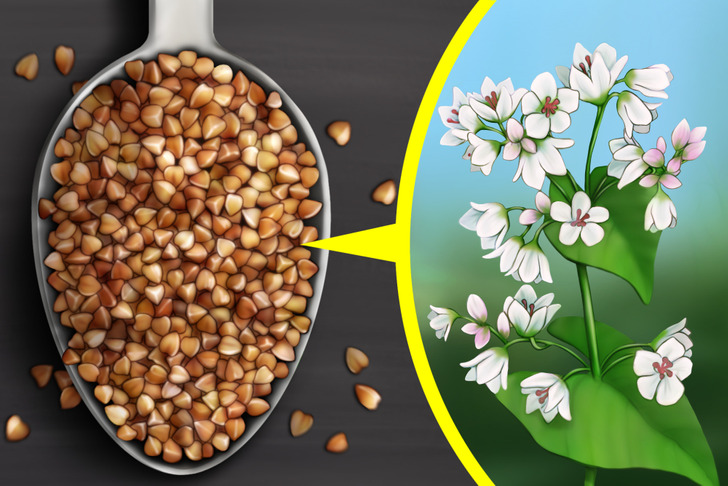
9. Pearl barley
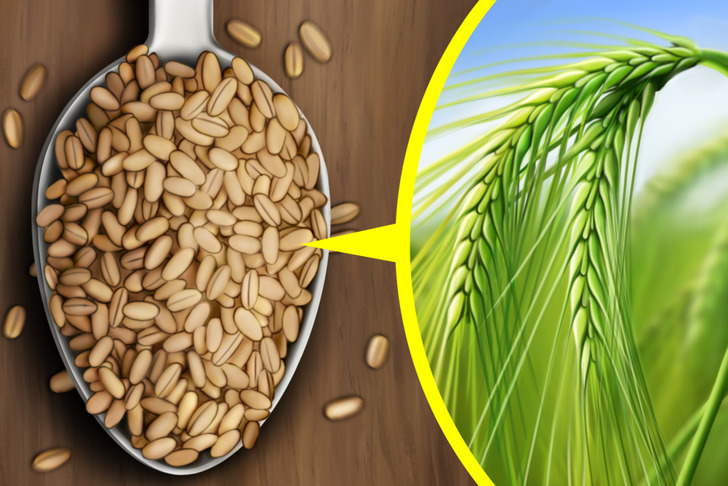
10. Barley
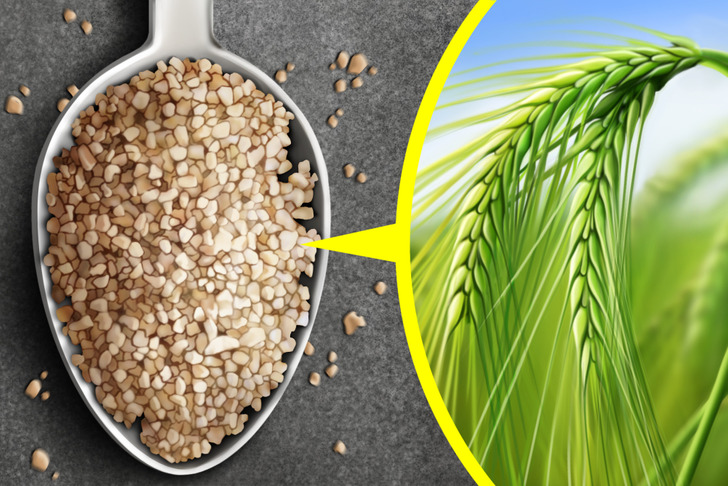
Barley, unlike pearl barley, is not subjected to the polishing and removal of the bran part. Barley cereal is made by crushing barley grains, which were previously hulled. Barley is considered a whole grain.
11. Rice
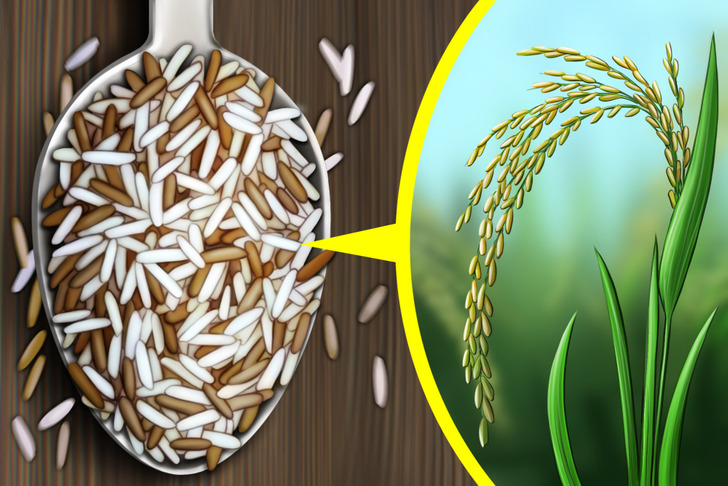
Rice is the seed of the plant with the same name. After harvesting, the seeds are milled. If production is stopped at this stage, the final product will be brown rice and will be considered a whole grain. If the milling is continued, removing the bran, white rice is obtained. It can be stored longer than brown rice, but due to the lack of the bran layer, it’s deprived of some nutrients. The rice is then dried, packaged, and shipped to stores.
12. Quinoa
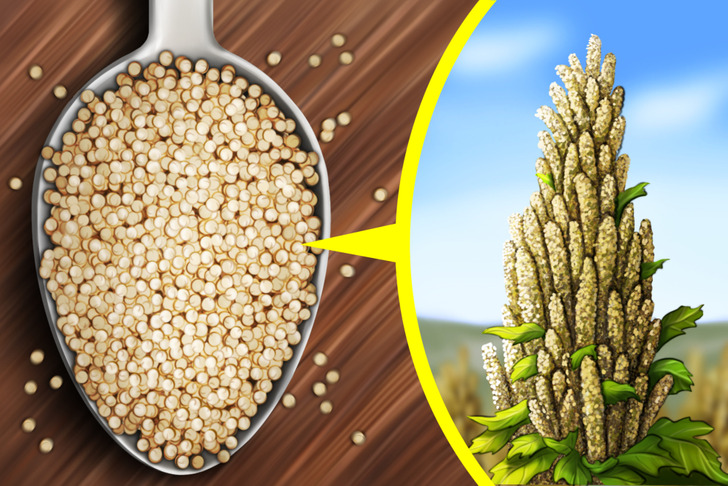
Quinoa is the seed of a flowering plant in the amaranth family which grows in South America. It looks like millet.
After ripening, quinoa stalks are not plucked until they dry and the moisture content of the seeds reaches 10%. First, the husks are removed from the seeds which are then polished, dried, and sent to the shelves. The bran layer of quinoa is not removed during processing, so it is considered a whole grain.
Which grains do you buy most often?